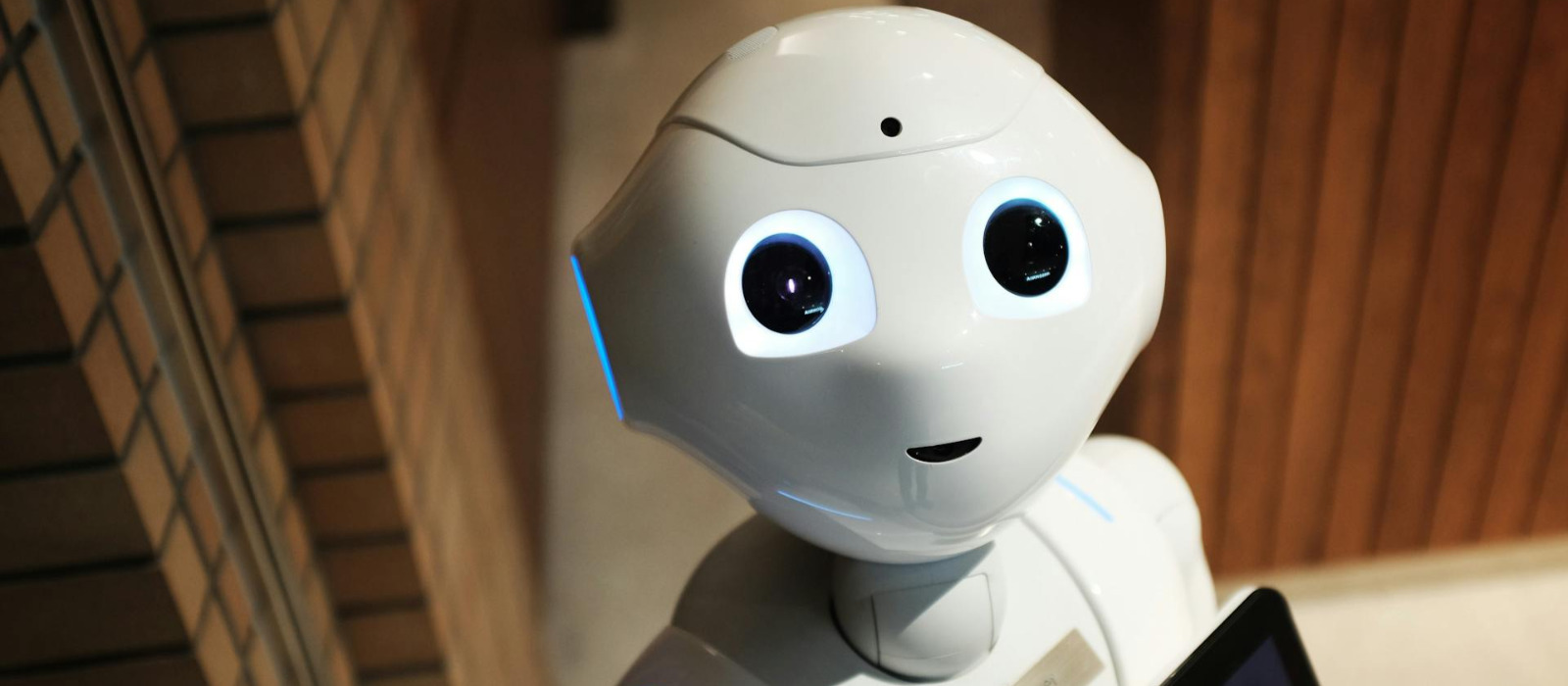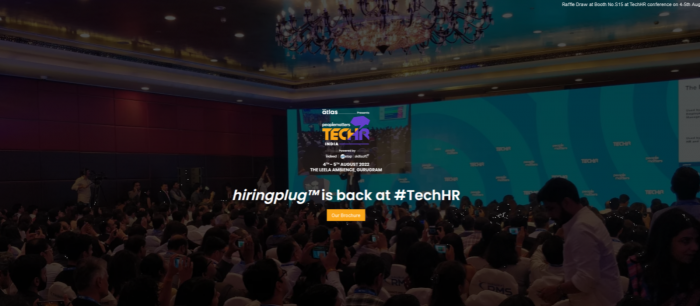“Human Resource programs no longer need to be based on ‘soft’ reasoning but should be as analytical and as data-driven as any other management discipline”
Chris Argyris
Big Data and HR Analytics are not just the two buzz words anymore but the reality that is currently driving the Organizational Behavior. Big Data in the recent era has emerged as the game-changer in almost every organizational department, especially Human Resource Management. Using Big Data with HR can influence almost every area of the HR industry, including performance management, training, and development of employees, compensation, and recruitment. And this process of collecting and analyzing data to improve HRM is called HR Analytics.
There is much talk about how Data Analysis and Artificial Intelligence are bound to change HRM. Many day to day tasks in the field of HR are routine tasks and they could get easily automated leaving less room for HR personals. Recruitment and Performance management would be managed through Artificial Intelligence. But in this upcoming Data revolution, these are the people who follow a philosophy that opposes modern technologies and a movement that aims to resist the rise of machines.
These people fail to realize that change is constant and with change comes a chance to innovate. With or without the influence of machines the modern workplace has become more process-oriented where everything should be systematic with proper reasoning and ownership. This attitude has inspired the HR Department of our modern corporations to work as machines i.e. without any human touch. They refer to their employees as 'assets' or 'resources' which many people could argue that it's all just semantics but still it's very dehumanizing. Treating them like interchangeable commodities which could well serve their purpose rather than treating them like unique beings that require personal attention. This hunger to be all process driven with a systematic mindset had left a little room for human personalization, flexibility, empathy, and creativity.
How HR Analytics could fix the gaps in current Human Resource Management
HR Analytics, Artificial Intelligence, Machine learning, algorithms all these concepts are married to Big Data. Where there are huge loads of data collected there is room for automation and this is certainly true for Human Resource too. Everyday companies are collecting data for recruiting, managing talent, training, and leadership programs. Many HR activities are associated with the Data revolution and a number of them are already being transformed and re-bundled. There are a series of ways in which HR Analytics can put the human back in Human Resource:
- The training meant for the development of an employee is generally seen as a tedious task with a very less retention rate. Whereas HR Analytics could help to create more personalized training with user-generated content and massive micro-training that people could relate with more easily. How companies like Netflix and Amazon rely on machine learning to create content and provide recommendations to consumers, HR departments are following the same steps to personalize learning and development. Mc Donald’s Corporation converted their traditional paper training manuals into an AI-based training model which can be accessed by tablet or even mobile phone with a vast catalog of training videos about relevant topics, like how to fix a fryer
- When it comes to communication, HR professionals usually speak this jargon coated words that lack any sign of humanity and sincerity. An example is annual appraisals which people find so hard to understand. To overcome this issue, startups are coming up with a conversational interface where virtual assistants are designed to speak like humans to humans. This human touch is the reason why Siri, Google Now, Alexa,
Cortana are so much popular in our world
- Human Biasing is another issue in today's workplace. It can influence many aspects of recruitment and promotions. Perceptual errors in organizational behavior tend to naturally stereotype and make partial choices based on caste, gender, or ethnicity. This biasing could be significantly reduced with the help of Artificial Intelligence. Using Big Data we could teach AI what role is suited for which employees based on their capabilities without inducing any kind of bias. Google’s qDroid is a case in point: it is an internal tool that helps recruitment managers by telling them the right questions to ask. Other significant market players include Pymetrics which promises to “match talent to opportunity, bias-free”, and HireVue which offers AI-driven predictive tools for “higher quality hires”
- hiringplug™ Marketplace of Specialist Recruiters that empowers Hiring Managers to source Top Passive talent upto 5 times faster also comes loaded with technology at their backend. Their AI- based plugpoints™ provides a matching score of the candidate by creating a knowledge graph beyond the CV. They are now studying patterns along the hiring process of the company to provide vital predictive insights on the Quality of candidates much before actual joining in the company.
- Companies now are using the means of surveys and feedback forms to identify the sentiments of their employees. After the analysis of these surveys, one could easily locate which part of your team is under stress and which part is lacking motivation. This could significantly improve empathy among the employees and could create a better culture for productivity. The Japanese conglomerate Hitachi developed an AI-based “happiness meter”, which uses face-recognition software to monitor emotions and predict the happiness of an employee
- HR analytics could also provide a better problem-solving process. This way we could rejuvenate the traditional HR recruitment processes, talent management, retention of employees, payrolls, and promotions
|
||||||||||
Hey there !
Author Details
Related Blogs
Popular Tags
Subscribe Now











